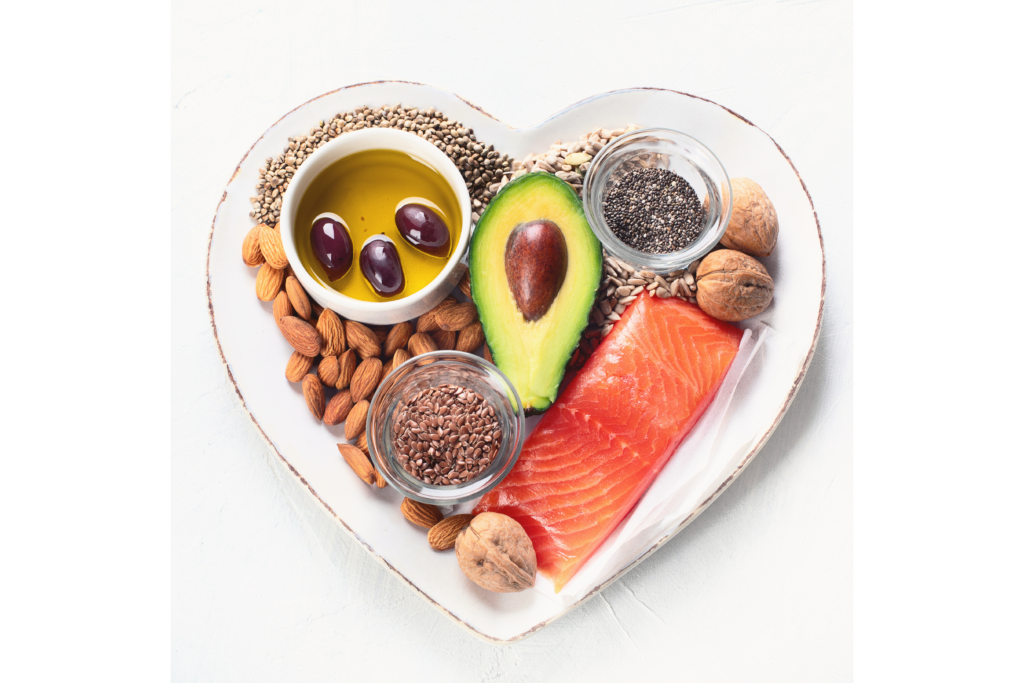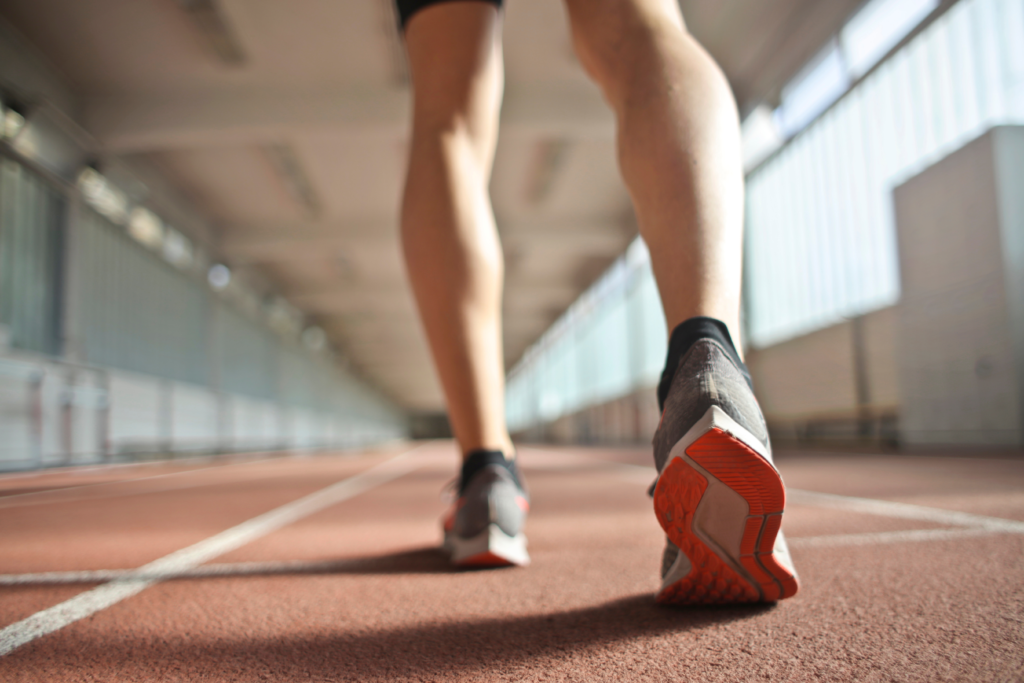Dietary Fat Myths and How Much You Really Need in Your Diet
November 1, 2021

Fad diets and social media have popularized the low-fat diet and often support avoiding fats wherever we can. You may have also heard terms like “healthy fat” and are unsure if you’re meeting the recommendations for a healthy diet. In today’s blog, we break down the myths about dietary fat and how much fat active women need in their diet.
Myth 1: Eating Fat Makes You Fat
Reality: According to the American Society of Sports Medicine (ACSM) active women who eat higher fat diets, compared to low-fat diets, do not gain weight or body fat. Even more importantly, they are better able to meet their caloric needs to support their training (ACSM, 2000).

Myth 2: Eating Fats Will Slow Me Down
Reality: According to ACSM, active individuals that increase their dietary fat while maintaining caloric intake have improved endurance exercise performance (ACSM, 2000). In addition, fat plays a bit role in keeping you satiated and feeling full, avoiding a growling stomach mid-run!
Myth 3: A Diet Low in Fat is Healthiest for Active Individuals
Reality: Eating too little fat can make it harder for active women to meet their daily caloric needs (ACSM, 2000). A negative energy balance can lead to impaired athletic and fitness performance, irregular periods, bloating/gas, and long-term health concerns. Very low-fat diets in female athletes have also been shown to be deficient in essential micronutrients (ACSM, 2000). Learn more about how your diet and exercise can impact your hormones and period here.
How Much Fat Do I Need in My Diet?
Now that we know that low-fat diets can be harmful and that dietary fat is an essential part of a healthy diet, you’re probably wondering how much fat you need. Let’s explore how much fat you should be getting each day and how you can incorporate it into meals and snacks.
Active individuals should aim to eat at least 20-35% of their calories from fat. However, as active women are more at risk for hormone imbalances, we often recommend that active women aim for a minimum of 25% of their calories from fat.
An easy way to make sure that you are meeting your dietary fat needs is to include a source of fat with each meal and most snacks. Also, ensuring that your diet is flexible and incorporates a variety of foods can also help you to meet your dietary fat needs.
Here are some examples of balanced meals/snacks that contain healthy fats:
- Whole Wheat Toast with Avocado.
- Egg & Cheese Veggie Omelette.
- Whole wheat crackers, Cheese, and Almonds.
- Tuna Salad on Whole Wheat Toast.
- Peanut butter & Banana Sandwich.
- Tortilla Chips and Guacamole.
- Peanut butter Smoothie With 1-2% Milk, Peanut butter, and Ice cubes.
- Chia Seed Pudding Topped With Sliced Almonds.
- Full-fat Dairy Yogurt Parfait With Granola.
Eating a diet that helps you meet your goals and contains enough carbs, fat, and protein can require some planning ahead when times are busy. Check out our other blog post with Our Top 5 Meal Planning Tips for some ideas!
Looking for some nutrition guidance? Click here to learn more about how our non-diet dietitians can help support you today!
Alexis Michel, MS, CLT, Dietetic Intern
Reference
Horvath, P. J., Eagen, C. K., Fisher, N. M., Leddy, J. J., & Pendergast, D. R. (2000). The effects
of varying dietary fat on performance and metabolism in trained male and female runners. Journal of the American College of Nutrition, 19(1), 52–60. https://doi.org/10.1080/07315724.2000.10718914
[…] can be a lot of conflicting and confusing health and fitness information on the internet and on social media. Many uncredentialed fitness influencers provide […]